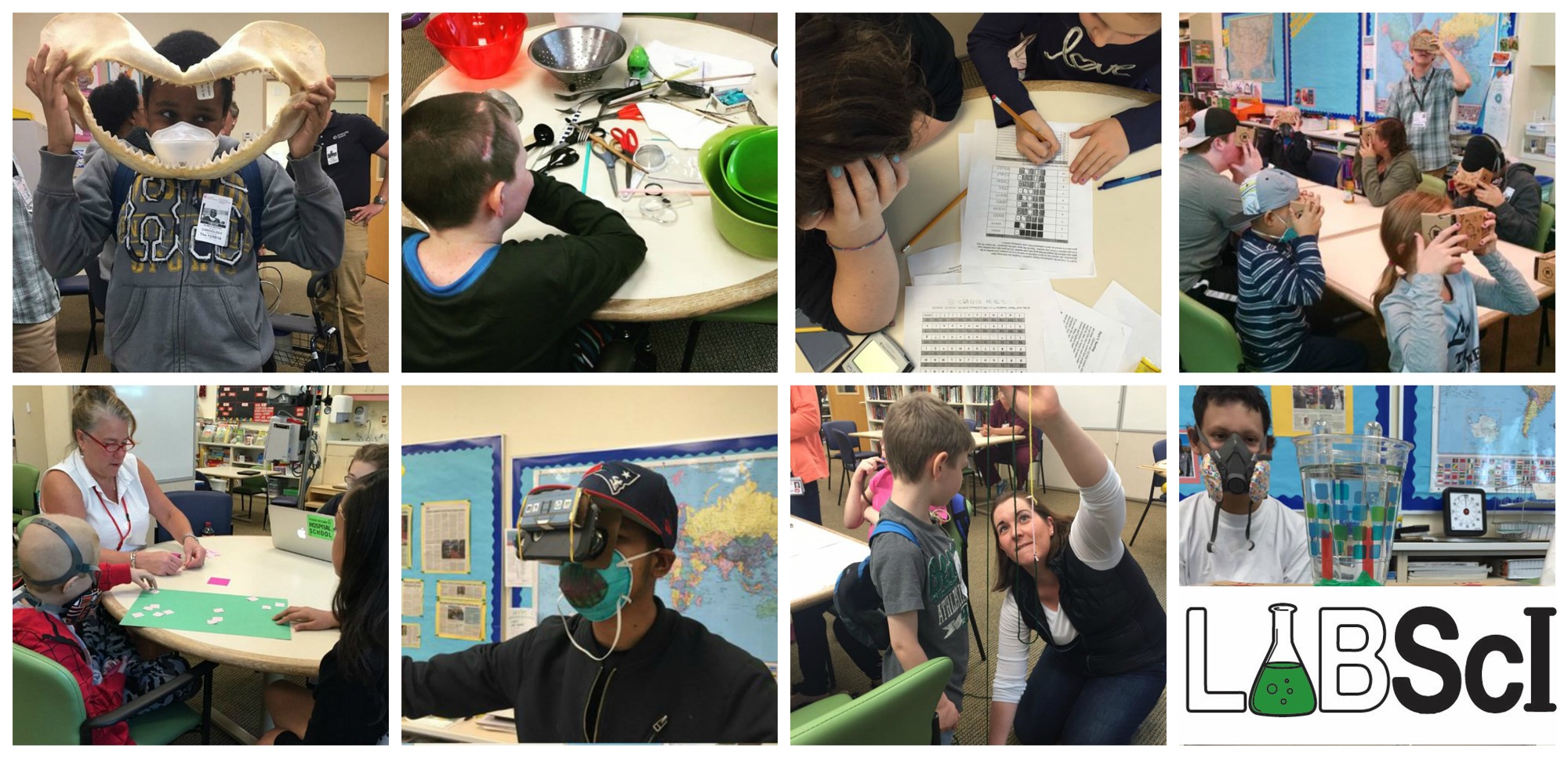Beginning in 2008, LABScI was developed as a joint effort between Prof. Andy Spakowitz’s Lab, along with Stanford undergraduate and graduate students from across STEM disciplines, and Kathy Ho’s classroom at the Lucile Packard Children’s Hospital (LPCH) School, a part of the Palo Alto Unified School District (PAUSD). LABScI’s original goal was to develop laboratory curriculum to help LPCH high school students fulfill their lab science graduation requirements with labs focused on physics, chemistry, and biology. Having met our original goals, our expanded mission is to develop a broader STEM-based laboratory curriculum for middle-school and high-school students in non-traditional educational environments such as hospital school classrooms, hospital bedsides, home schools, or other resource-limited settings. Some of the broader STEM areas being explored include engineering, computer science, archeology, climatology, and immunology.
In creating laboratory experiments, LABScI uses five guiding criteria:
- Design low-cost experiments and presentations that are easily adapted for a classroom environment, one-on-one mentoring, or small group workshops.
- Integrate quantitative measurements that elucidate key concepts required by the National Science Teaching Standards.
- Introduce fundamental scientific theory with background that exposes students to cutting-edge research and cross-disciplinary concepts.
- Create experiments that are suitable for students with limited physical and cognitive abilities.
- Use portable experimental equipment and materials that are suitable for adaptive education and resource limited settings.
